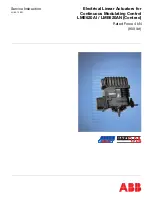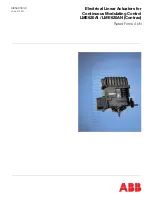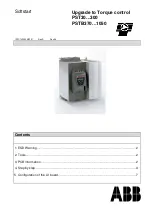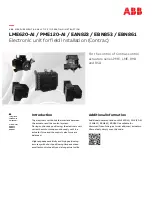
specified for an axis, the previous value is maintained. The space between the data and instruction
is optional.
To view the current values for each command, type the command followed by a ? for each axis
requested.
PR 1000
Specify X only as 1000
PR ,2000
Specify Y only as 2000
PR ,,3000
Specify Z only as 3000
PR ,,,4000
Specify W only as 4000
PR 2000, 4000,6000, 8000
Specify X Y Z and W
PR ,8000,,9000
Specify Y and W only
PR ?,?,?,?
Request X,Y,Z,W values
PR ,?
Request Y value only
The DMC-1600 provides an alternative method for specifying data. Here data is specified
individually using a single axis specifier such as X,Y,Z or W. An equals sign is used to assign
data to that axis. For example:
PRX=1000
Specify a position relative movement for the X axis of 1000
ACY=200000 Specify
acceleration for the Y axis as 200000
Instead of data, some commands request action to occur on an axis or group of axes. For example,
ST XY stops motion on both the X and Y axes. Commas are not required in this case since the
particular axis is specified by the appropriate letter X Y Z or W. If no parameters follow the
instruction, action will take place on all axes. Here are some examples of syntax for requesting
action:
BG X
Begin X only
BG Y
Begin Y only
BG XYZW
Begin all axes
BG YW
Begin Y and W only
BG Begin
all
axes
BG ABCDEFGH
Begin all axes
BG D
Begin D only
Coordinated Motion with more than 1 axis
When requesting action for coordinated motion, the letter S is used to specify the coordinated
motion. For example:
BG S
Begin coordinated sequence
BG SW
Begin coordinated sequence and W axis
DMC-1600
Chapter 5 Command Basics
•
65
















































